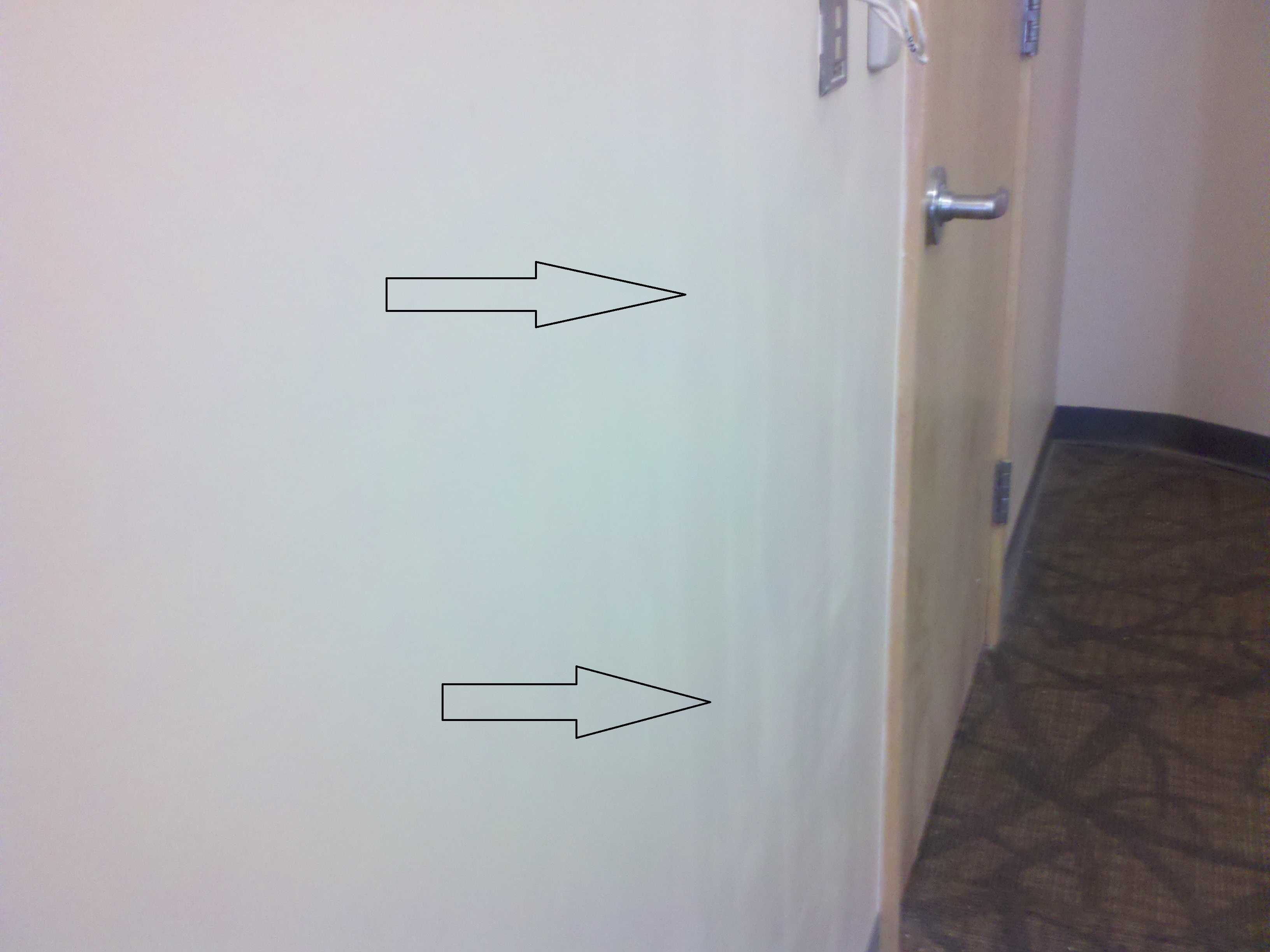British author John Ruskin once said, “It is unwise to pay too much, but it is worse to pay too little. When you pay too much, you lose a little money. When you pay too little, you sometimes lose everything because the thing you bought was incapable of doing the thing it was bought to do. If you deal with the lowest bidder, it is well to add something for the risk you run, and if you do that you will have enough to pay for something better.”
When the decision to outsource facility services is made, both parties must be immersed in the partnership with high levels of trust on both sides. Both need to create a seamless organization that focuses on outstanding service that avoids the “them & us” and promotes the team. Outsourcing should not be awarded based on price. Never discard the contractor with the higher price as that contractor might save you money in the long-term and there is always room for negotiation. Where you can, negotiate fixed costs and ensure the contractor will get in touch with you before they do any work outside the scope of the contract. If you are aware of a potential additional costs in advance, you can make the decision as to whether you get quotes from others first, or in fact, whether the asset is worth maintaining at all.
A first step would be to take a critical look at your organization and honestly answer the question regarding which parts are working well and which are not. Outsourcing is not an answer to fixing systemic problems of an organization and doesn’t necessarily equate to cost savings. It is often a case of groups needing clear vision and if change is needed, a gradual approach is often more successful. If, for example, you already have in-house staff you should be benchmarking the current service against industry standards. If the performance measures well, then outsourcing is probably not an option. If it is not broke, do not attempt to fix it.
Outsourcing Evaluation Process:
RFP’s must be written with a detailed specification and specific RFP response format to provide clear and concise levels of service expectations. Additionally the specification must contain a response format with very specific key questions which must be answered in writing and are to be used as evaluation tools for Facilities evaluation team. Use of an evaluation matrix using the questions from the RFP response sheet as weight evaluation points listing the highest to the lowest valued criteria for selection. The end result of this process provides the Facilities evaluation team with the lowest qualified and documented bidder. The RFP to vendors should request contract fees for a 3 to 5 year periods with options for renewal for years 4 and 5. The contract should have fixed incremental pricing increases for the duration of the contract and contain an early termination clause for failure to perform to standards.
This process has several very key advantages:
• It serves has an educational opportunity for the professional and technical development of the Facilities staff during the research and evaluation process. Depending on the products or services being evaluated each vendor is more than willing to provide an education in their industry, services, technical attributes of their products and services, comparative analysis of the products and services and exposure to the corporate culture of the perspective vendors and how they would meet the Facilities team requirements.
• The establishment of a long-term vendor who could serve as adjunct facilities staff to support business operations. With corporate standards, the vendor could meet with internal clients where appropriate to determine needs and develop order specifications for review and approval.
• Eliminate the need for in-house staffing to perform 24/7 shift work requirements for those services requiring such staff.
• Enhance budget development based on business projections and estimated product demand.
There are advantages to outsourcing various services such as:
• House Keeping – elimination of staffing and training requirements, cost and service level control.
• Security – elimination of staffing and training requirements, cost and service level control combined with reduced liability.
• Furniture – established standards, improved product availability turn around and the use of the sales team as extended staff members to develop purchase orders. Not to mention excellent product pricing.
• MPE Services – this would provide for professionally trained staff to operate and repair such systems on a 24/7 basis. This would reduce or eliminate the need to tie up capital to maintain a component and parts inventory. Eliminate the cost and requirement for training a large internal technical staff.
• A/E – Interior Design – provides professional services on an as needed basis and reduces the need for a large initial staff, yet provides for timely response time required services and established rates.
When reviewing bidders’ responses to your RFPs, be sure to look at the overall responsiveness of the prospective service provider to the RFP. Don’t look simply for price. Does it contain information on the service provider’s experience, qualifications, and current references? Do you know who will be responsible and personally overseeing your project until its successful completion? The successful bidder should do an outstanding job putting together a package telling you how good they are and why you should place your confidence in their services. Some RFPs even go as far as providing you with sample potential issues which may arise during the contract term, affecting how service providers will deliver their service. They’re looking to see how the service provider would address and manage these issues. If “all of the above” can be provided to you during the RFP process, then the best service provider will surface among the crowd, validating their ability to provide the best service equal to the value that’s on your books.
There is no one model that fits all. Outsourcing anything successfully can only be achieved with clearly defined pro forma. Unfortunately, very few people take the time to clearly define the scope of work. Those who think that the contractors that provide outsourced services are your friends who will look out for your best interests without a clearly defined contract have a rude awakening in store for them.
Quality has to start with expectations from a well developed manager. There must be a competent and well-trained in-house staff both in technical staffing and the professional levels that will have the skills sets to manage outsourced vendors.
Discover more from Helping NYC & Long Island Commercial Tenants, Owners, and Developers
Subscribe to get the latest posts sent to your email.






Owners reps challenge to success in getting owners to hire, (1) Getting the owner to see the “value added” in your services and (2) Managing the owners true expectations after they employ. “”not as easy as it sounds”” KT